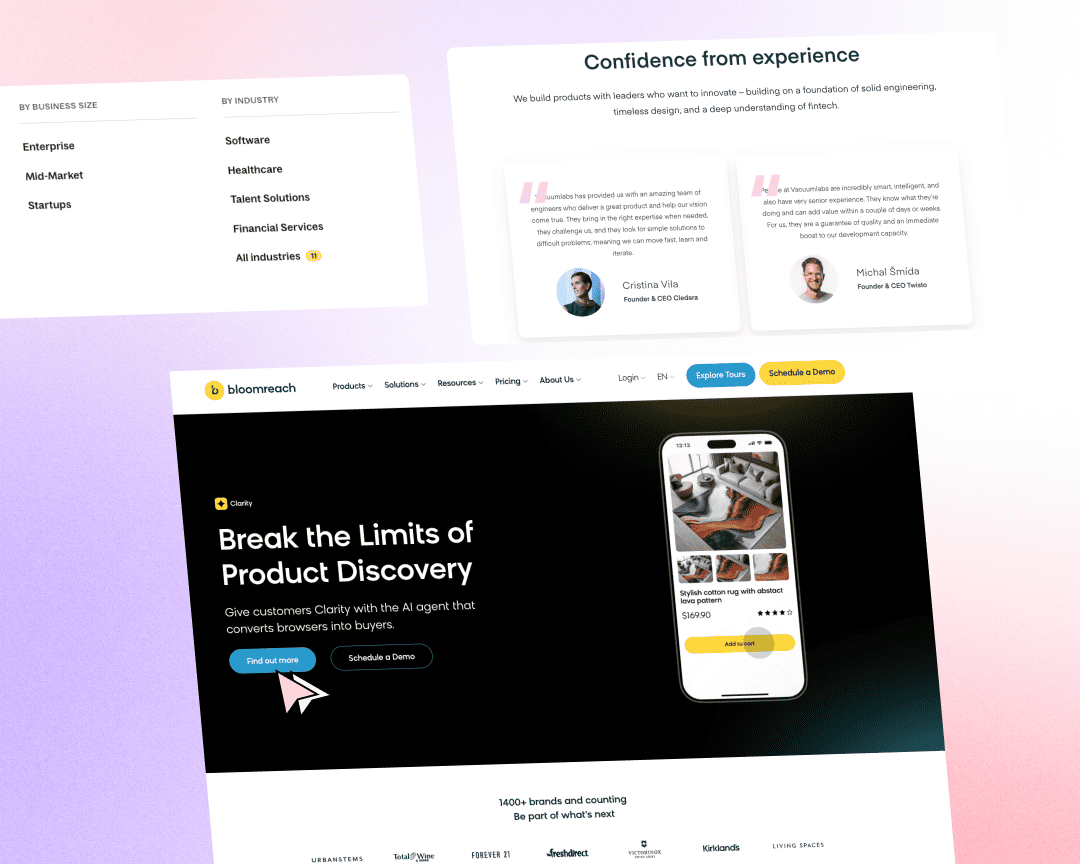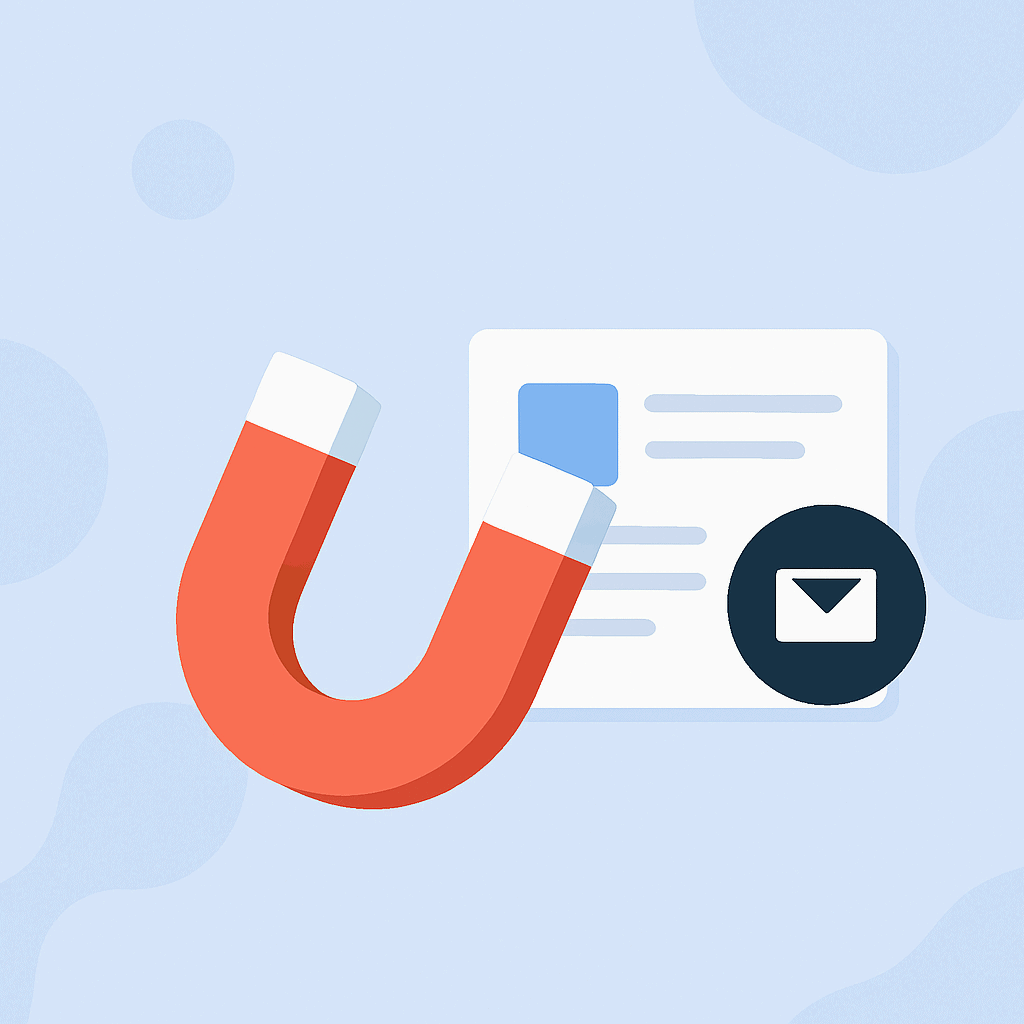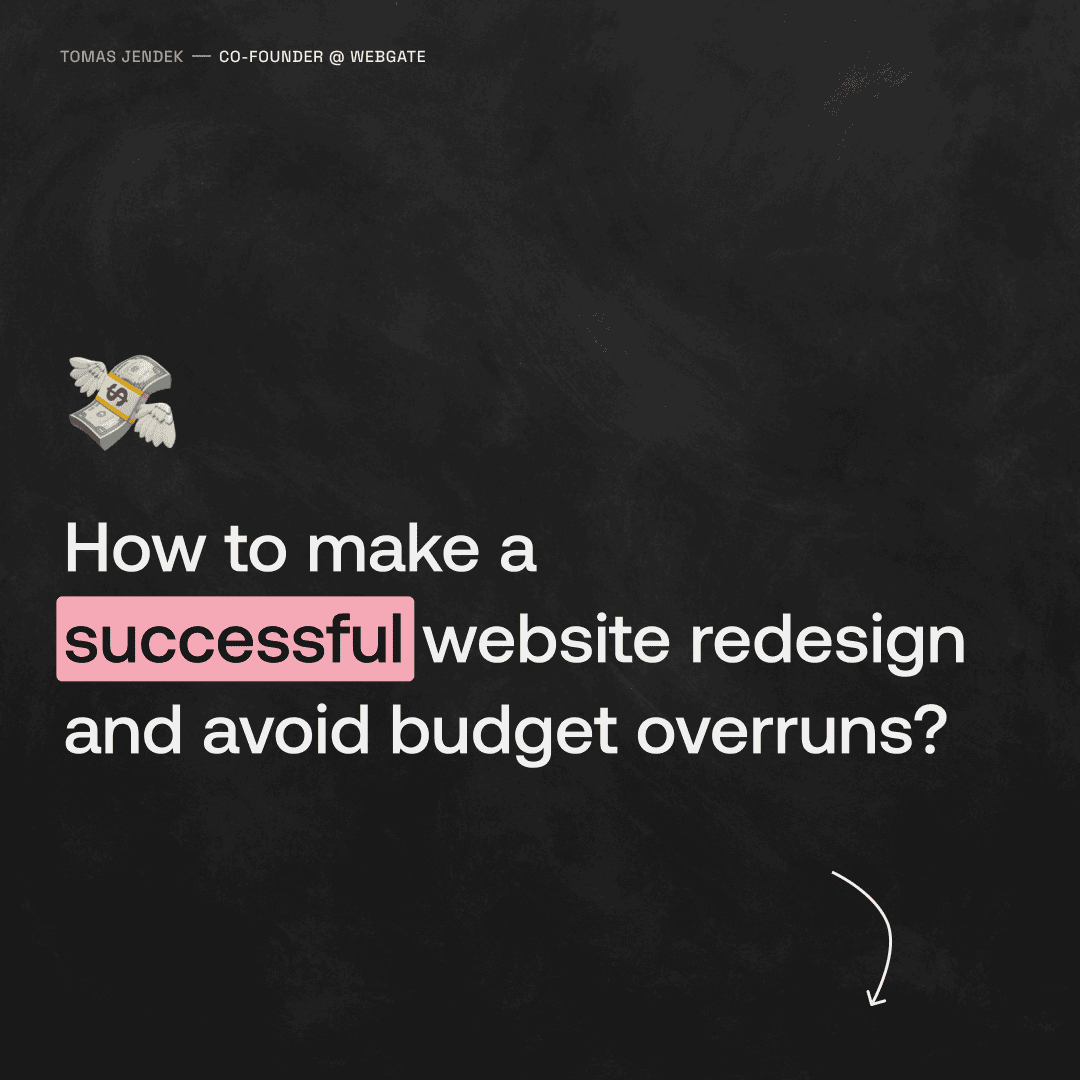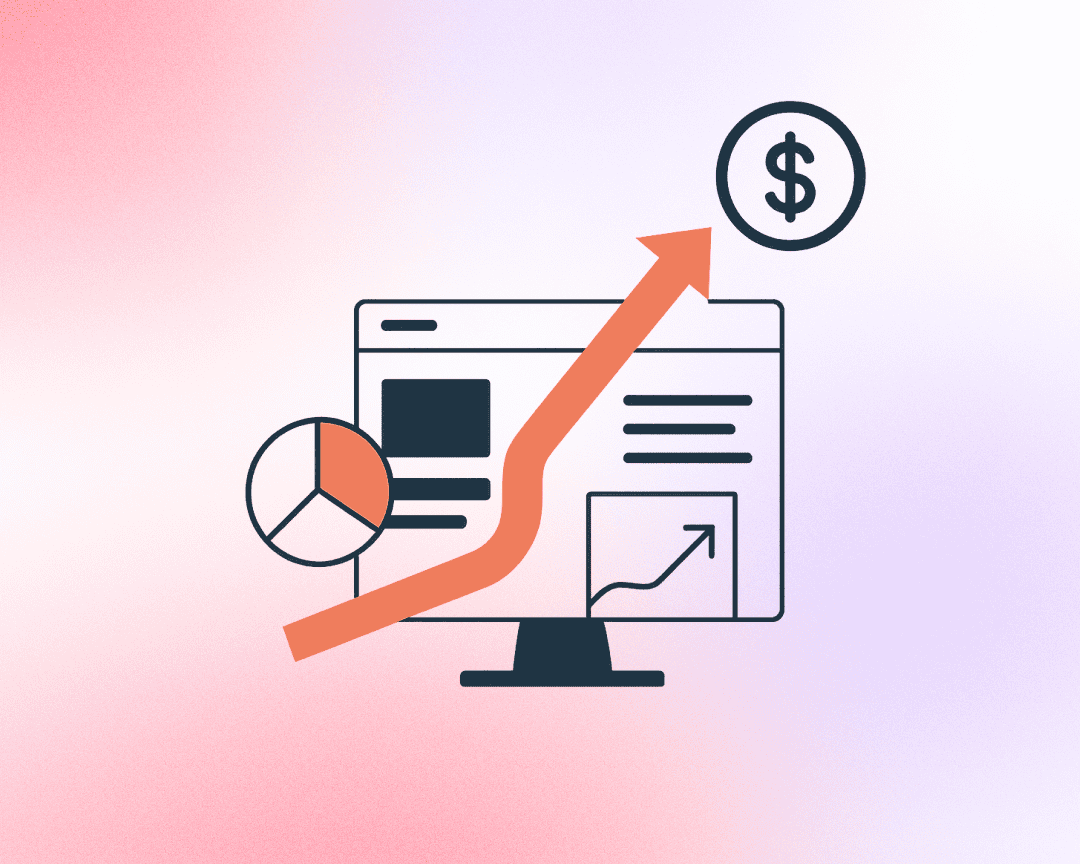For B2B companies, this is especially important because website traffic is usually lower than in B2C, but each lead or customer is much more valuable.
It’s a design methodology that focuses on user behavior, psychology, and business goals, combining design, content, and UX principles to maximize conversions. It’s not just pretty design—it’s design that works.
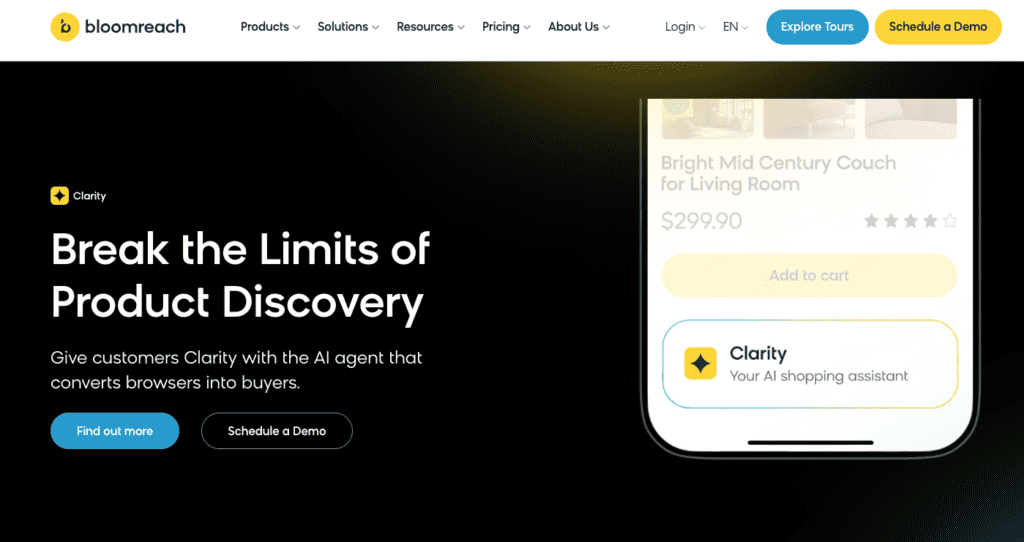
What are the Key Principles of Conversion-Driven Design for B2B Websites?
Your B2B website is more than just an online presence — it’s a tool for generating leads, building trust, and converting visitors into clients.
But to achieve that, it needs to be built with purpose. Here are the key principles of conversion-driven design that help B2B websites deliver real results.
Clear Value Proposition
Your homepage should instantly answer three questions:
What do you do? Who do you help? Why should they care?
The above-the-fold section (the first thing people see) must clearly communicate your value. Avoid fluff — be direct and speak to your ideal buyer’s pain points.
👉 Why should I choose you?
Make sure your messaging answers this without users having to scroll.
Strategic CTA Placement
Strong, action-driven calls to action (CTAs) like:
🔹 “Book a demo”
🔹 “Talk to sales”
🔹 “Get a quote”
Place them where they matter most:
- Right at the top (above the fold)
- After listing key benefits
- At the bottom of relevant sections
Make it easy for visitors to take the next step.

Minimal Friction
Every extra click, field, or distraction adds friction. Keep things simple:
- Clear and intuitive navigation
- Minimal distractions (limit popups and auto-play videos)
- Short forms — start with just a name and email, and ask for more later if needed
The goal: make taking action as easy as possible.
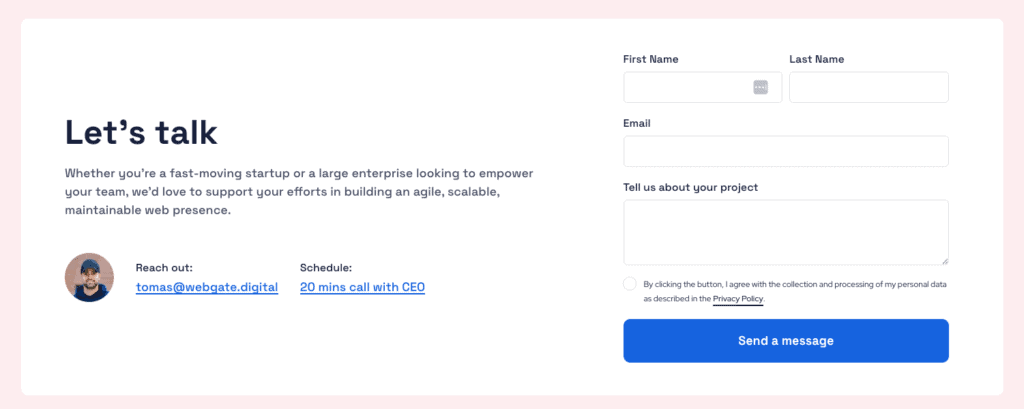
Social Proof
B2B buyers need trust signals. Include:
- Testimonials and case studies
- Client logos and success stories
- Certifications and awards
- Press mentions
If others trust you, your prospects are more likely to as well.
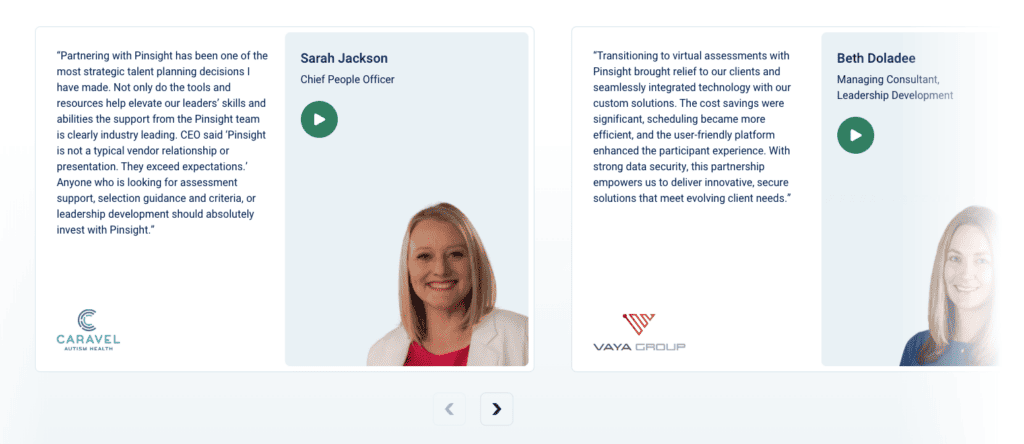
Content That Converts
B2B buyers are logical and research-oriented. Give them content that helps:
- Industry-specific use cases
- Detailed service or product pages
- Downloadable guides, whitepapers, and checklists
This positions you as an expert and builds confidence in your offer.
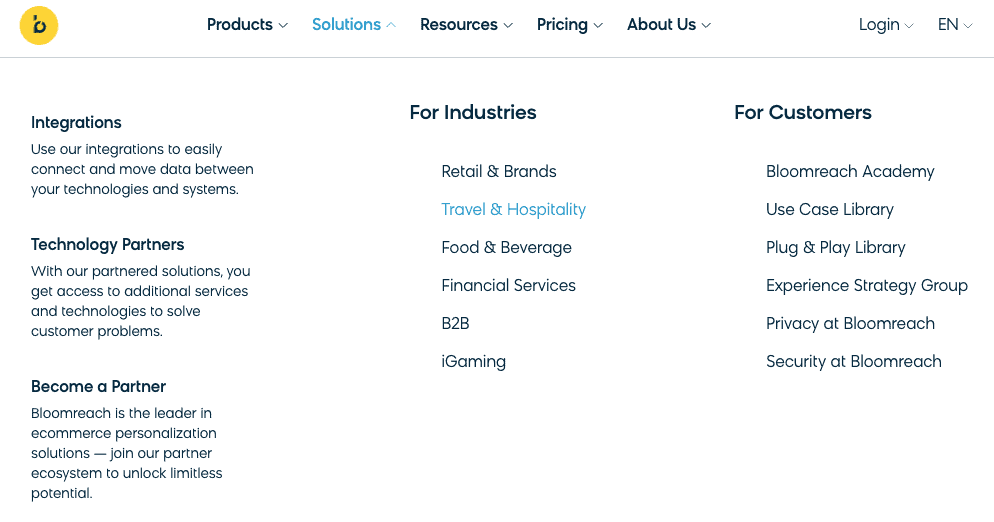
Segment-Specific Landing Pages
Generic doesn’t convert. Run traffic to landing pages tailored by:
- Industry (e.g., healthcare, finance, SaaS)
- Funnel stage (awareness vs. decision)
- Source (ad campaign, SEO, email)
Speak directly to each audience segment for better engagement and conversions.
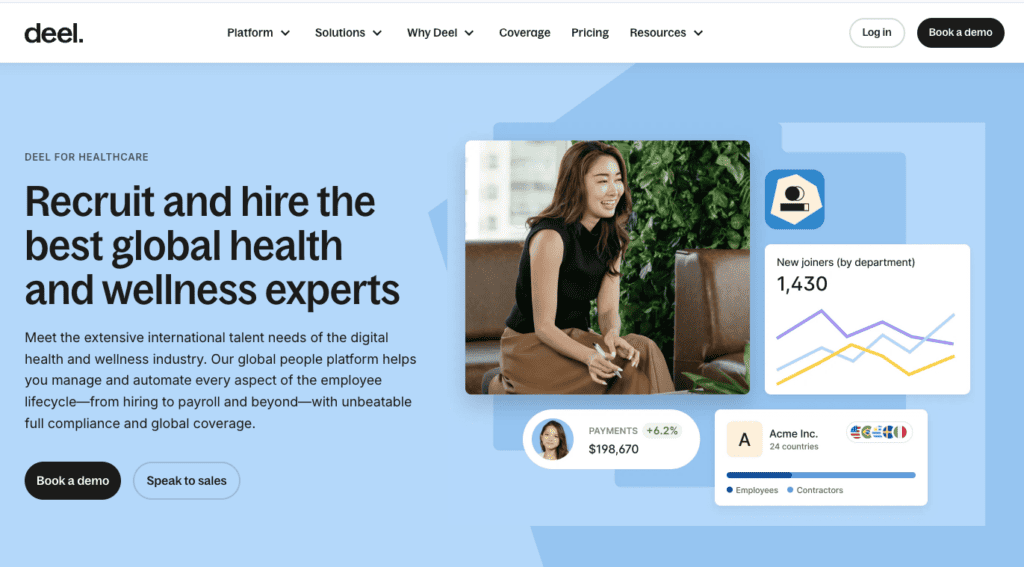
Conversion Tracking & A/B Testing
Use tools like Google Analytics, Hotjar, or Microsoft Clarity to track how visitors interact with your site.
Regularly test:
- Headlines
- CTA text
- Page layouts
- Images and colors

What are Design Tactics That Support Conversions?
- Hierarchy and contrast to guide eyes to CTAs
- Consistent visual language for professionalism and trust
- Responsive and fast-loading – especially on mobile
- Sticky headers or CTAs that follow the user
- Exit-intent popups to capture leaving users
🎯 Why It Matters for B2B
B2B sales cycles are long → Your website is one of the first and most essential touchpoints.
Multiple decision-makers → you must educate, persuade, and reassure all stakeholders.
Conversion = lead, call, or form → even small improvements can have big ROI



